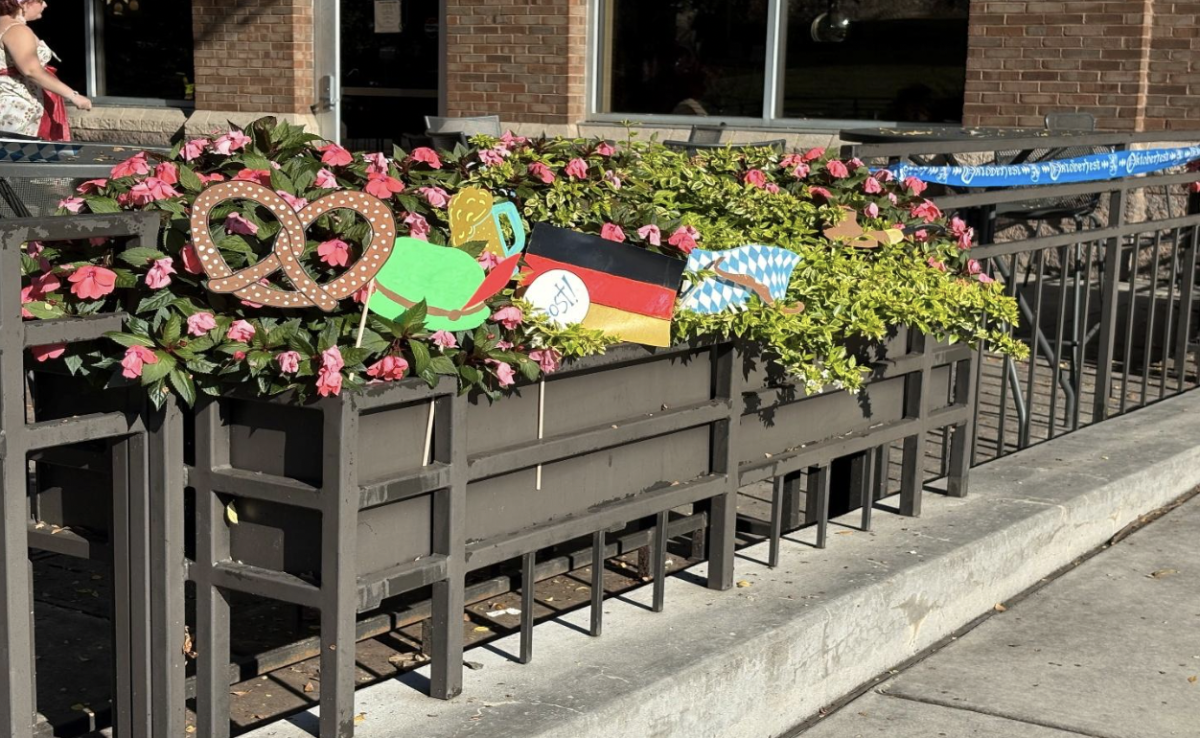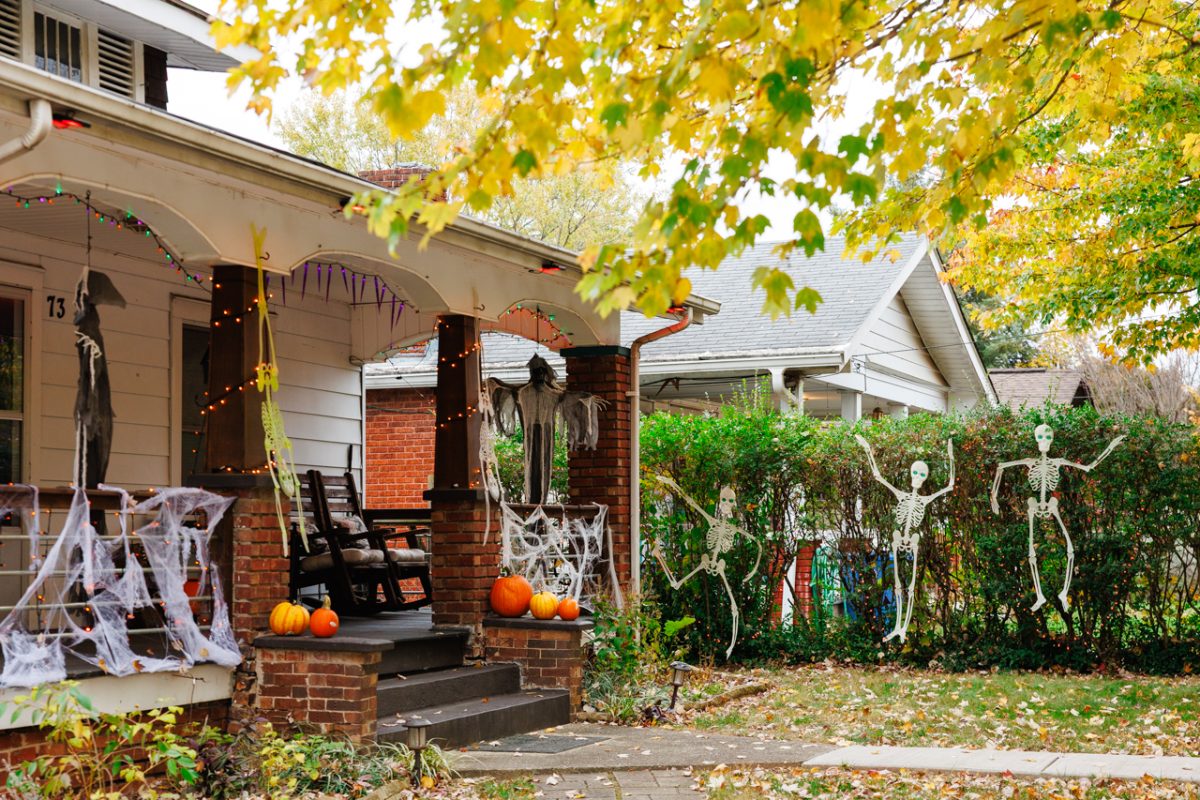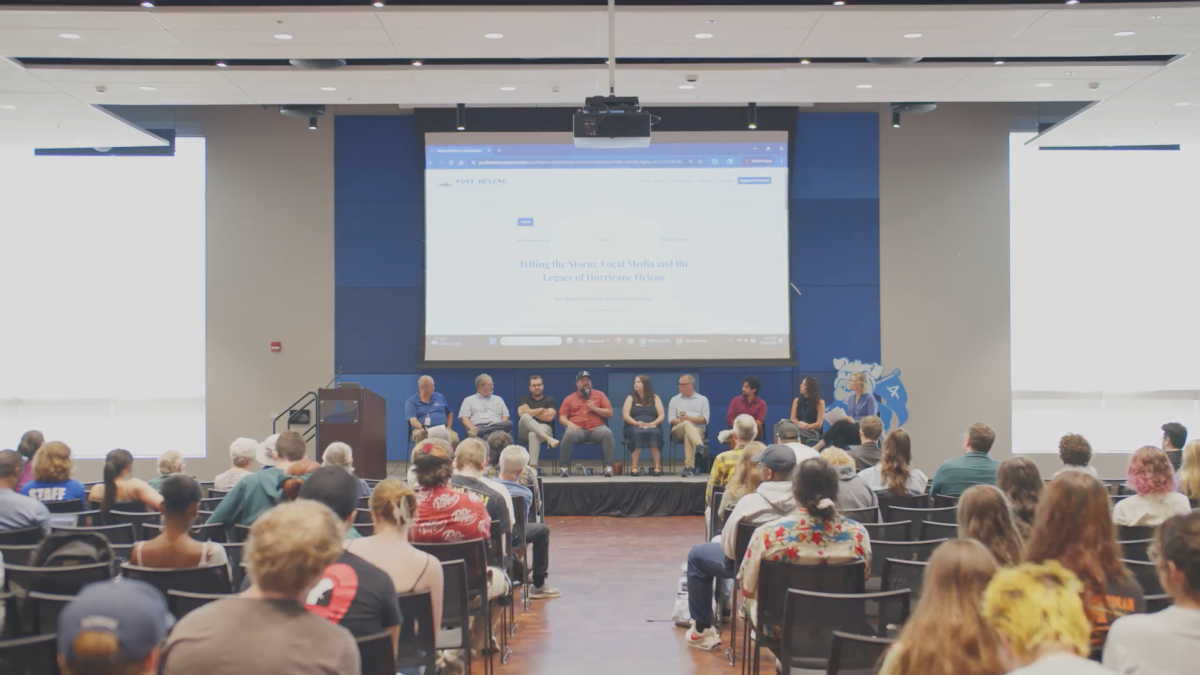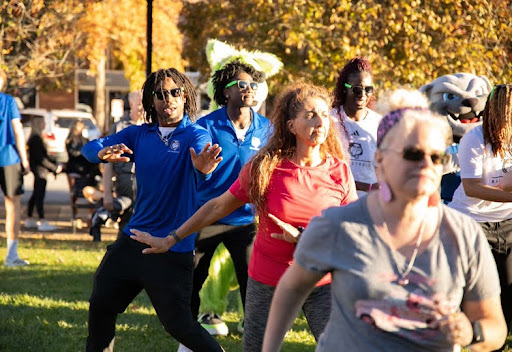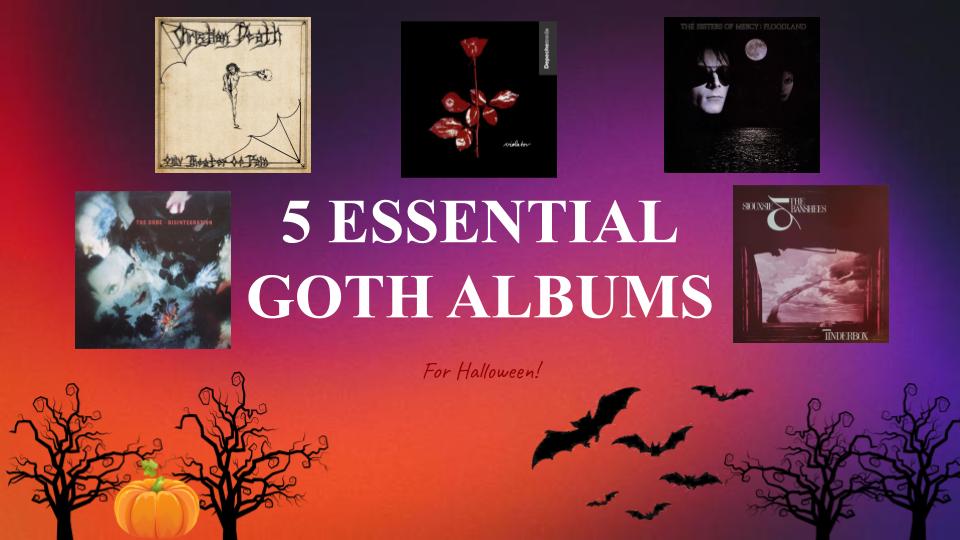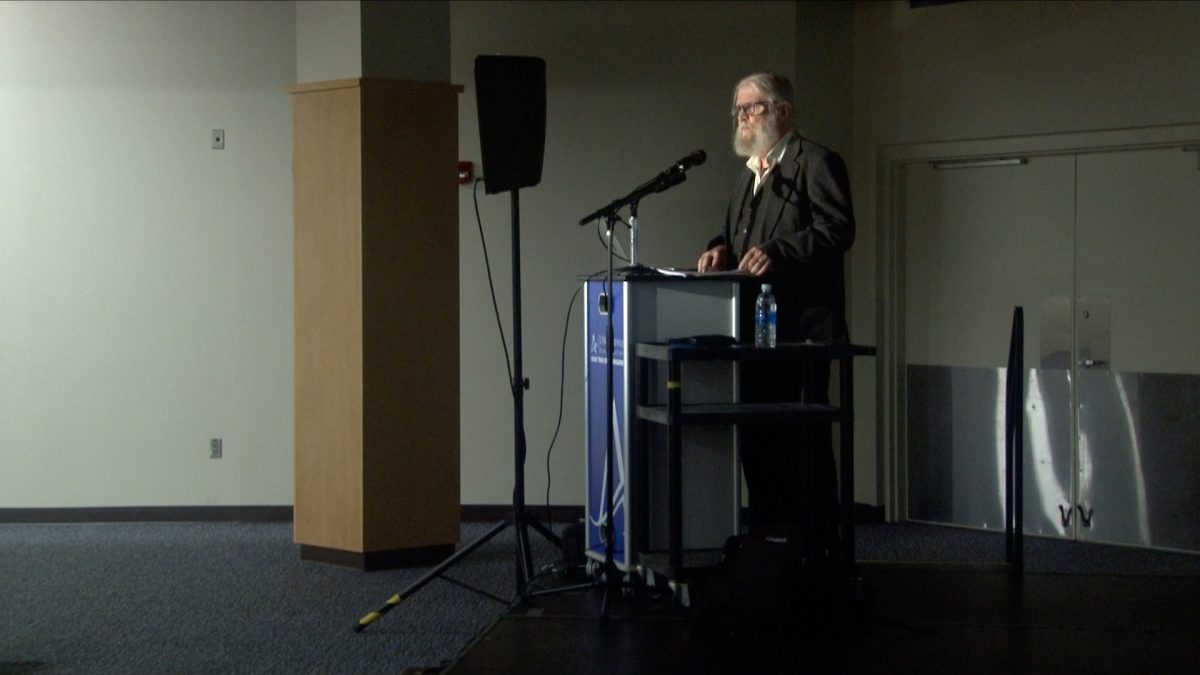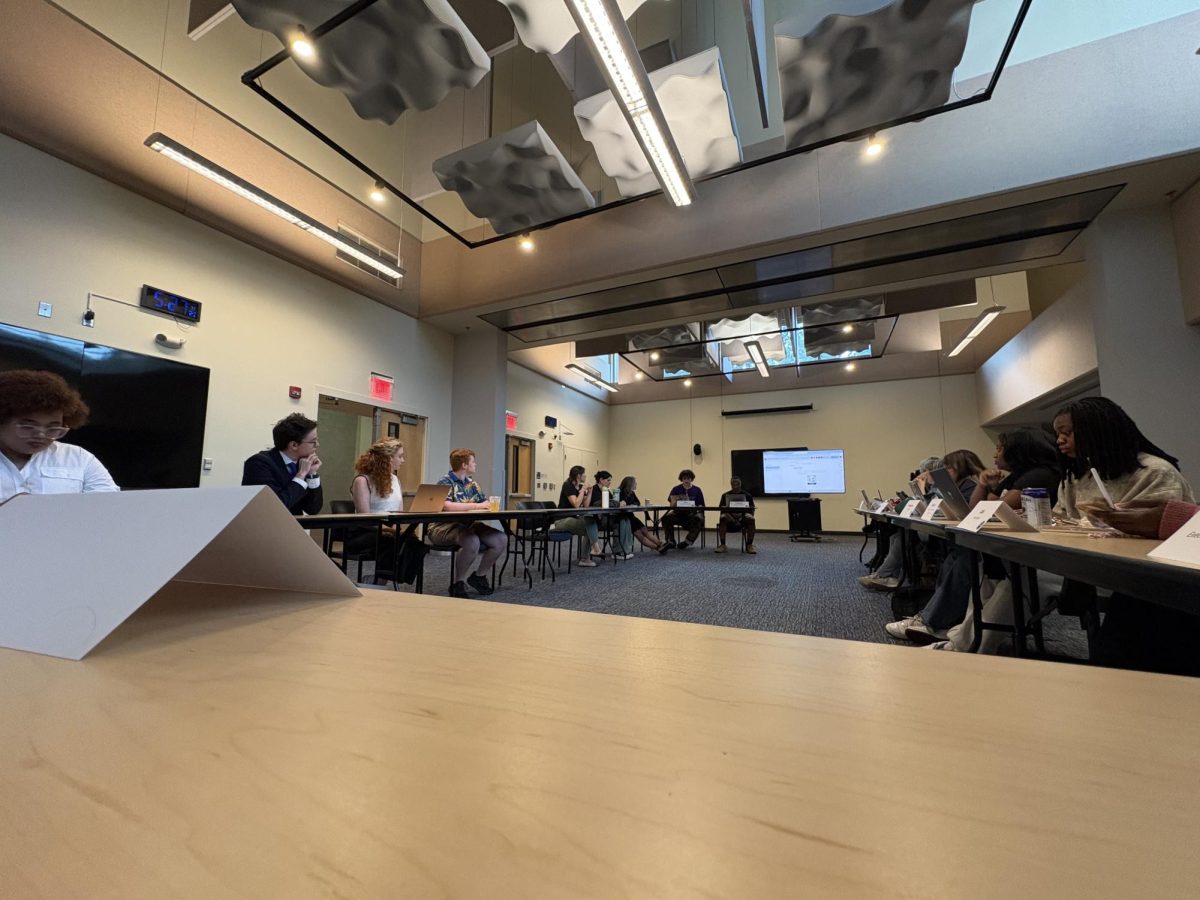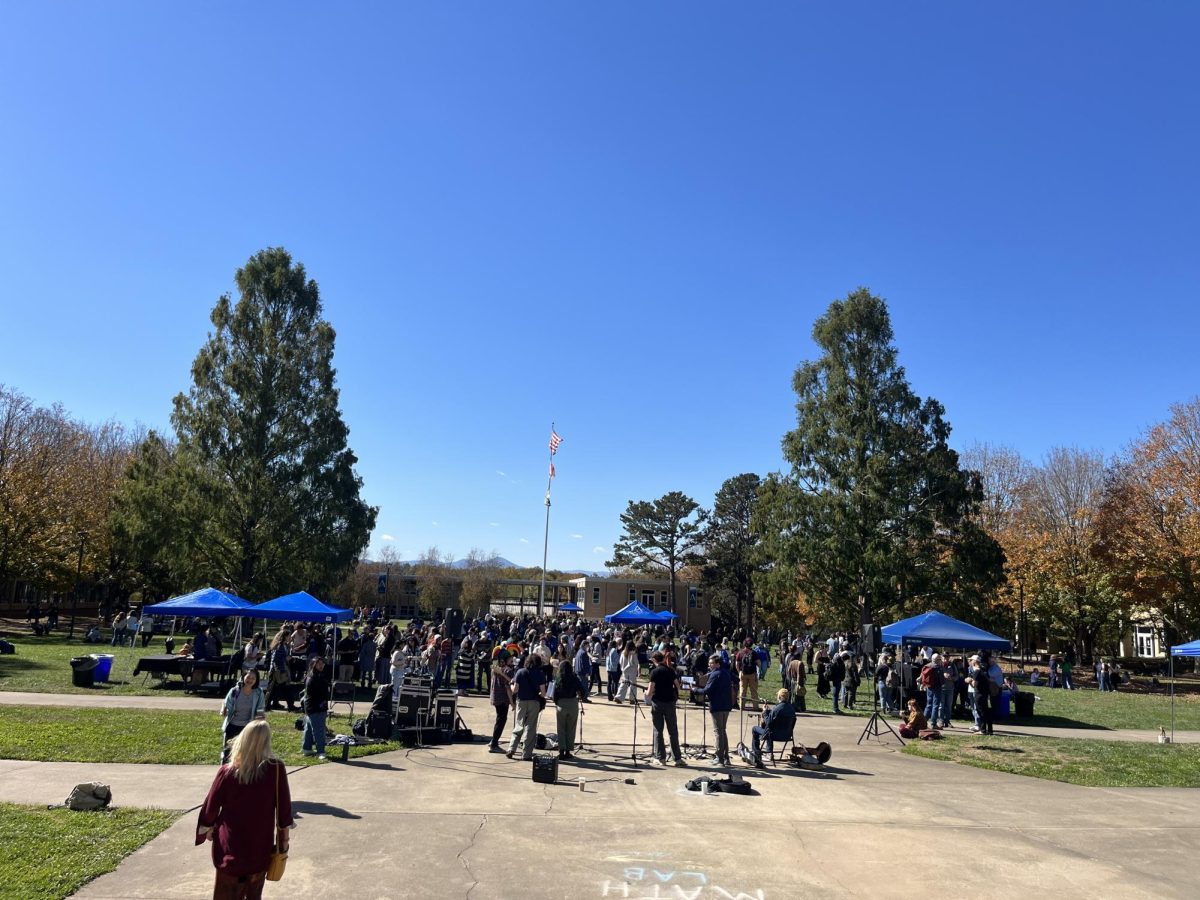By Ashley Elder
News staff writer
Orlando has its theme parks. Asheville has its breweries. Sierra Nevada’s Asheville location might as well be called “Malt Disney.”
Bill Manley, beer ambassador, said he has been with the company for nine years.
Dressed in a button-down plaid shirt, jeans and Converse, Manley discussed how Sierra Nevada brews so much beer without negatively affecting the environment.
Inspired by hiking, owner Ken Grossman named Sierra Nevada after the mountain range.
He decided to skip his high school graduation, headed for the mountains instead. He started home brewing with Paul Camusi in 1979 and the following year they created Sierra Nevada.
“Being stewards of the environment has been one of the core fundamentals from the very beginning,” Manley said.
It was not just having respect for being outside, Manley said, in the early days there was no such thing as small-scale brewing.
“Ken figured out that reusing and recycling was not just a platitude that you say or a bumper sticker, but something you did because you had to as part of the business model,” Manley said. “There was no other way to do it.”
The Chico location in California brews 900,000 barrels a year. Asheville brews a third of that with 300,000 barrels.
After only a year and a half, the extra space built into the Asheville location for the fermentation process is already being utilized, Manley said.
Sierra Nevada talks about sustainability as a whole corporate structure, he said.
The Chico location has 11,000 photovoltaic cells to collect sunlight, allowing the brewery to supply almost all its own electricity during the summer.
This property is one of the two largest privately owned solar installations in the country. The other belongs to Google.
The Asheville location uses solar panels to supply some of its electricity as well.
“We also have hydrogen fuel cells that put out hot gas,” Manley said, “which we use to heat our kettles. So it’s a closed loop of inputs and outputs.”
He said the company sends employees reminders about recycling. All the lights are on motion sensors at both locations. Little things like that add up to be a big deal, he said.
“With 30 years of hindsight they were able to design this building from the ground up to be more sustainable and efficient,” Manley said.
All the buildings are constructed with panels made of prefab concrete Manley said. And all those panels work as individual cells making them airtight.
When looking to build another brewery, Manley said, the new location had to have access to transportation, good water and infrastructure to support it.
They needed to have a recycling program and people who can make biodiesel, he said, and the architecture was made to match the surrounding area so it would fit in.
“This location looks much different than Chico. It references historical brewing, made of a lot of stone and wood, but efficient and sustainable at the same time,” Manley said.
Manley said the goal is to achieve at least a silver LEED standard, though the results have not come back yet.
According to the U.S. Green Building Council, LEED stands for Leadership in Energy and Environmental Design. LEED-certified buildings save money and resources and have a positive impact on the health of occupants, while promoting renewable, clean energy.
Manley said LEED takes into account factors such as the amount of natural light coming into a building, the presence of ergonomic furniture for employees and access to public transportation.
To receive LEED certification, building projects satisfy prerequisites and earn points to achieve different levels of certification. The levels after becoming LEED certified are silver, gold and platinum.
Sierra Nevada’s Asheville location is 99.8 percent landfill avoidable so far according to Manley.
Each batch of beer makes 10,000 pounds of malt barley, so they sell it as feed to farmers within a 100-mile radius. They only charge enough to be revenue neutral Manley said, the cost of transporting the feed determines the price.
“It’s nice to find those synergies,” Manley said.
Manley said Grossman is a big fan of transporting barley by rail. One railcar takes four semi-trucks off the road.
Sierra Nevada can now ship to anywhere on the east coast in a day’s drive.
Grossman wanted to stay 50 miles away from other breweries, Manley said, but the Asheville Brewers’ Association met and decided the more breweries there are the better it will be for Asheville brewing scene.
“You’ve got the Biltmore, the beer and the leaves,” Manley said. “We’ve been selling beer here for 10 years, it was a culture to build around,” Manley said.
Sierra Nevada now has no problem getting beer to customers east of the Mississippi. The restaurant and brewhouse use fresh ingredients from the garden out back. The property covers over 200 acres, with only 35 of them developed so far. Manley said they want to keep most of it for wildlife and hiking trails.
Kaylee Larkin, tour guide, said she has worked for Sierra Nevada for a year and a half.
“Sierra Nevada is economically, socially and environmentally sustainable,” Larkin said.
The brewery owns about a mile of land on the French Broad. By adopting part of the river and doing trash pick-ups once a month she said, Sierra Nevada strives to cultivate that kind of culture within the company.
Mary Beth Cox and Andrés Arias, a couple from Winston-Salem, took a tour of the Sierra Nevada facilities as part of their vacation to Asheville.
Cox said the sustainable, environmentally-conscious design of the building impressed her during her visit.
“Hopefully it encourages all the other breweries and people in general to do the same thing,” Arias said. “Especially with manufacturing on this scale, you can negatively affect the environment, but if you can add to it positively, people feel a little better about it.”
Limited barrel aged beers went on tap over the weekend to celebrate Sierra Nevada’s 35th anniversary. The brewery also offered vintage beers in the tasting room. Rereleased bottles from the 30th anniversary, now 5 years old were taken out just for the occasion.
“That’s what we do, we debut new beers. If you’re going to celebrate something, you drink a beer. If you’re not going to celebrate something, you drink a beer. That’s how we party,” Manley said.
Categories:
Malt Disney: Sierra Nevada brews beer the green way
November 22, 2015
0
More to Discover
